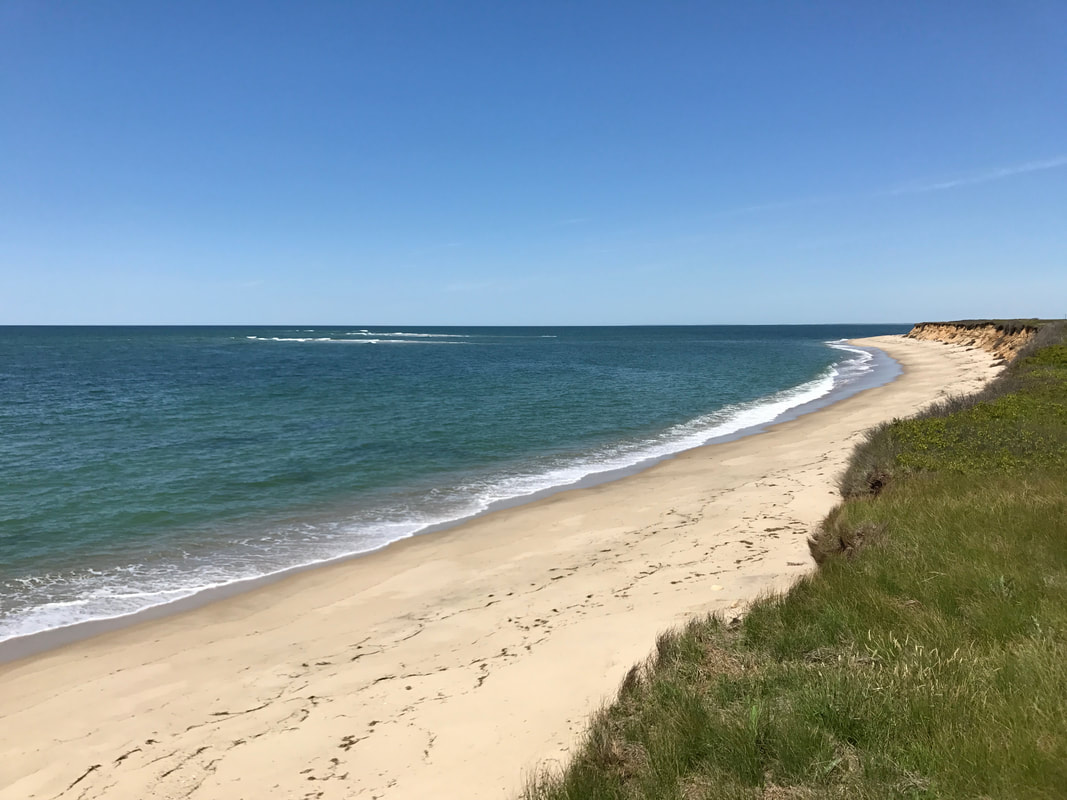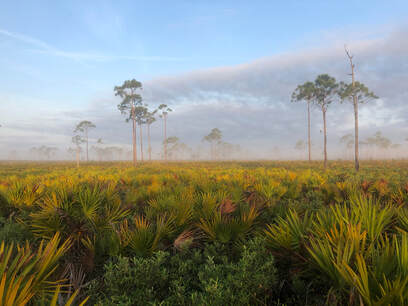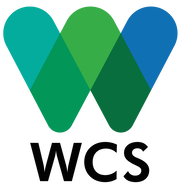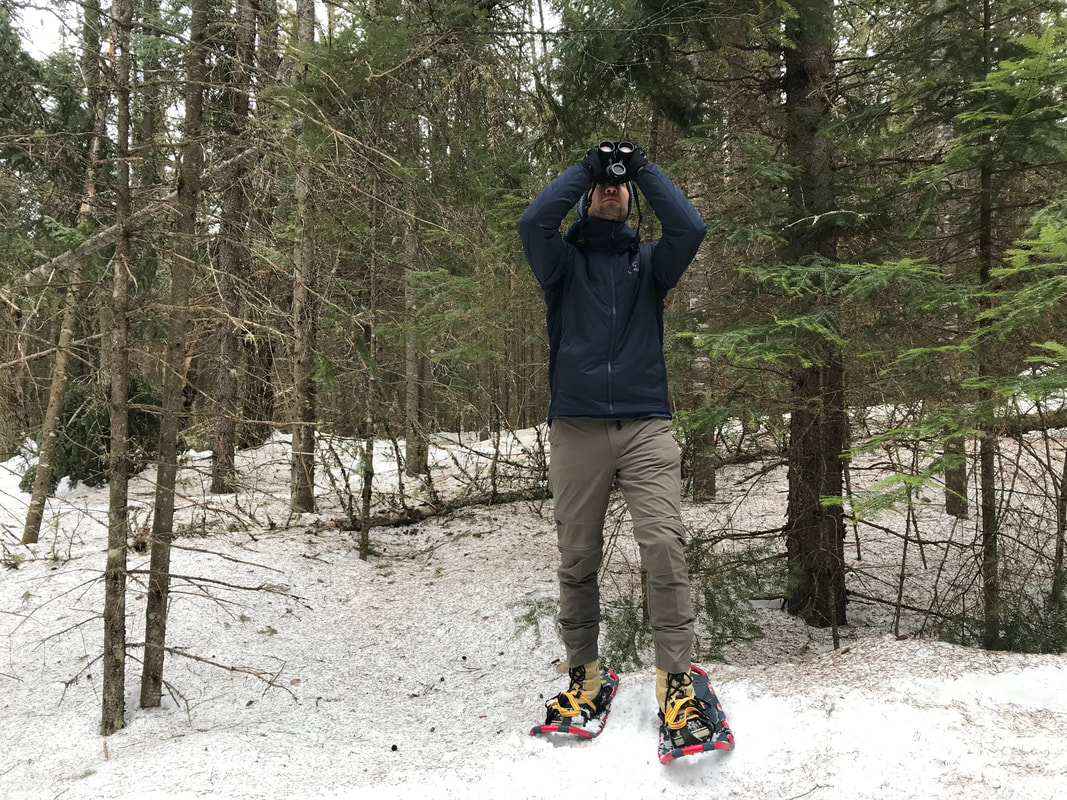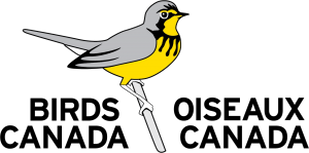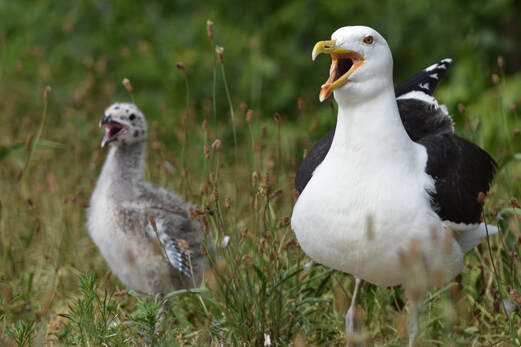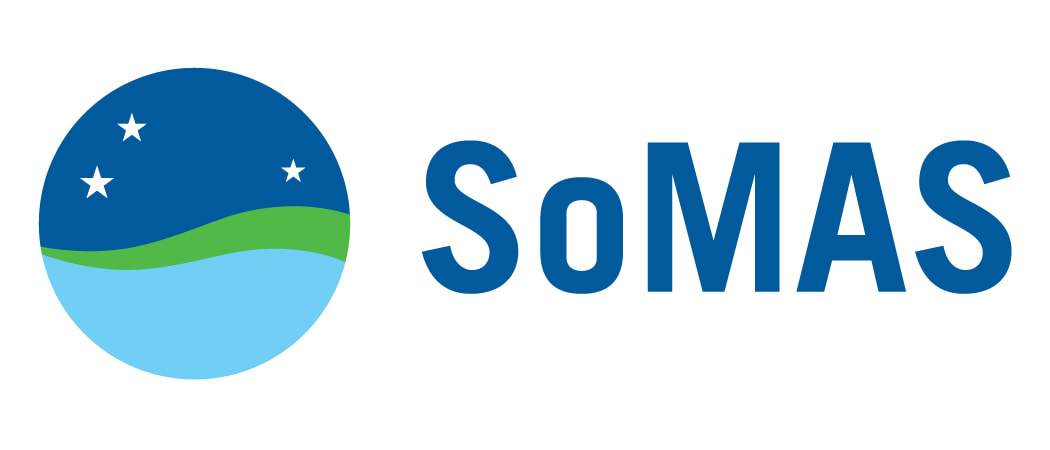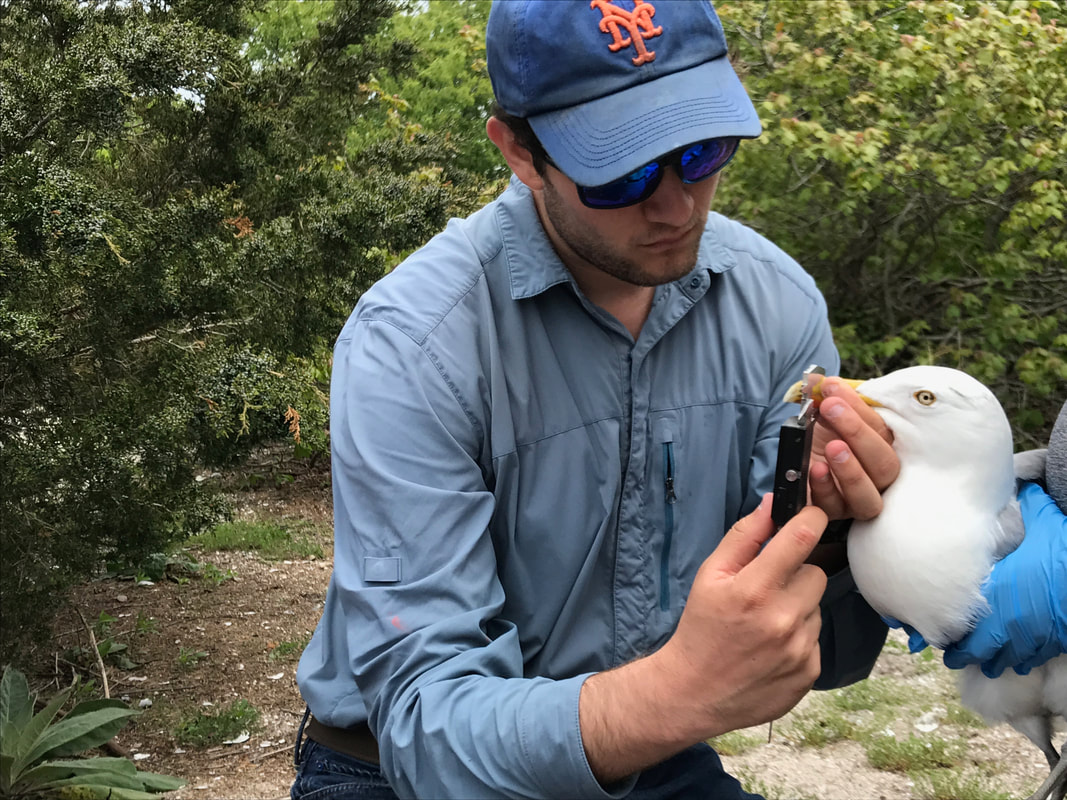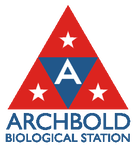Breeding ecology and dispersal decisions of Canada jays
Publications
|
Fuirst, M., Strickland, D., Freeman, N.E., Sutton, A.O., & Norris, D.R. (2023) Early-life sibling conflict in Canada jays has lifetime fitness consequences. Proceedings of the Royal Society B, 290, 20221863 (PDF)
Fuirst, M., McLeod, J., & Norris, D.R. (2022) Habitat preferences of adult Canada jays (Perisoreus canadensis) during the post-breeding period in Algonquin Provincial Park, Ontario, Canada. Canadian Journal of Zoology, 100, 355-362 (PDF) Martin, R. J., Fuirst, M., & Sherry, D. (2022) Canada jays (Perisoreus canadensis) identify and exploit coniferous cache locations using visual cues. Ethology, 00, 1-10 (PDF) Sorensen, M., Strickland, D., Freeman, N.E., Fuirst, M., Sutton, A.O., & Norris, D.R. (2022) Early-life experience shapes patterns of senescence in a food-caching passerine. Biology Letters, 18: 20210532 (PDF) Fuirst, M., Strickland, D., & Norris, D.R. (2021) Patterns and causes of breeding dispersal in a declining population of Canada jays (Perisoreus canadensis) over 55 years. Animal Behaviour, 182, 31-41 (PDF) Fuirst, M., Strickland, D., & Norris, D.R. (2021) Breeding dispersal in a resident boreal passerine can lead to short- and long-term fitness benefits. Ecosphere, 12(9): e03747 (PDF) |
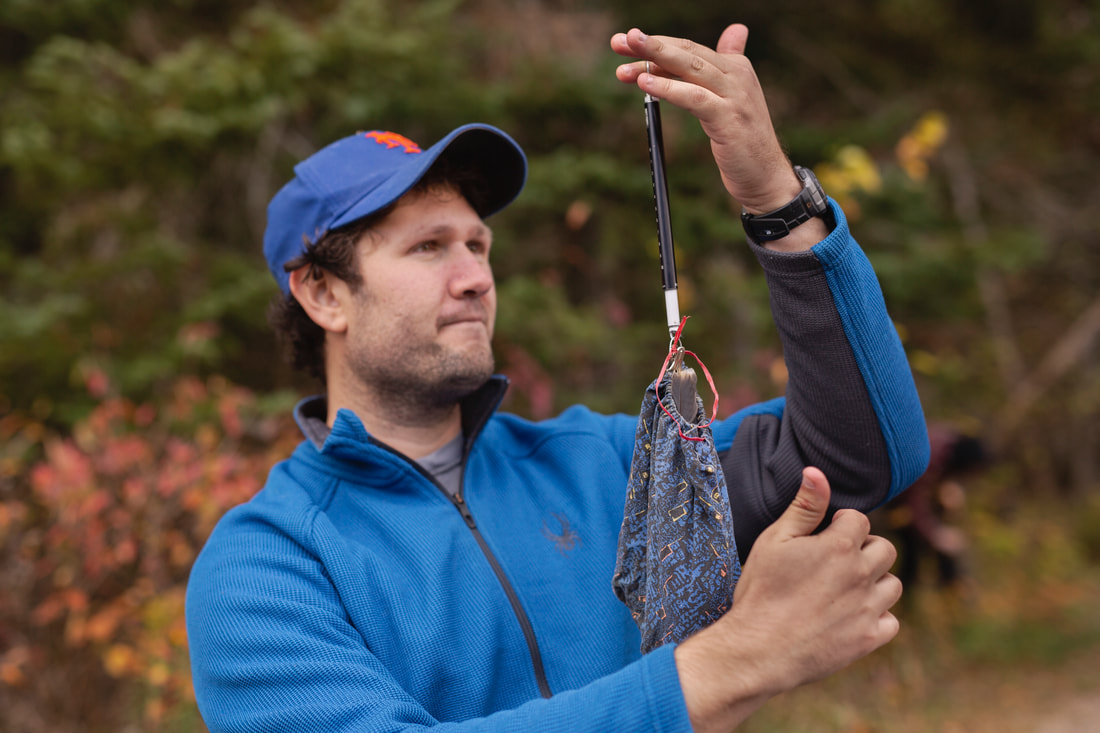
Photo: Samantha Stephens
|
Gull nesting and foraging ecology in relation to urbanization
|
Gulls are well-suited for studies assessing the impacts of urbanization on wildlife since they show highly plastic behaviour and thrive in various environments along the coast and inland. I am interested in how urbanization impacts the foraging and breeding ecology of herring and great black-backed gulls at both the individual and colony-level. I am using microbial (i.e. heavy metal contaminants & microbiome) and spatial (i.e. GPS tracking) analyses to assess the effects of urbanization on gull foraging behaviour and subsequent health consequences. Additionally, I am interested in how microplastics in the marine environment influence breeding behaviours of gulls.
Collaborators: Dr. Lesley Thorne (Stony Brook University), Dr. Richard Veit (CUNY), Dr. Bruce Brownawell (Stony Brook University), Kim Lato (Stony Brook University), Dr. Nolwenn Dheilly (Stony Brook University). |
Publications
|
Lato, K.A.., Fuirst, M., Veit, R. R. & Thorne, L.H. (2023) Peri-urban systems alter trophic niche size and overlap in sympatric coastal bird species. Ecosphere 14:e4643 (PDF)
Thorne, L. H., Fuirst, M., Veit, R. R. & Baumann, Z. (2020) Mercury concentrations provide an indicator of marine foraging in coastal birds. Ecological Indicators 121:106922 (PDF) Lato, K. A., Thorne, L. H., Fuirst, M., & Brownawell, B. J. (2020) Microplastic abundance in gull nests in relation to urbanization. Marine Pollution Bulletin 164:112058 (PDF) Fuirst, M. (2019) Gulls. Encyclopedia of Ocean Sciences, Vol. 5. , London: Academic Press (PDF) Ballance, L.T., Ainley D.G., Hunt J G.L., and Fuirst, M. (2019) Seabird Foraging Ecology. Encyclopedia of Ocean Sciences, Vol. 5. , London: Academic (PDF) Fuirst, M., Hahn, M., Dheilly, N., Veit, R. R., & Thorne, L. H. (2018) Effects of urbanization on the foraging ecology and microbiota of a generalist seabird Larus argentatus. PLoS One 13(12): e0209200. (PDF) |
I would like to honor the Setauket, Lekawe, and Wampanoag Peoples on whose land Stony Brook University, Jamaica Bay Wildlife Refuge, and the Tuckernuck Island sites were built. |
Ontogeny of food-caching in Florida Scrub-Jays
|
Florida Scrub-Jays are cooperative breeders endemic to the oak-scrub habitat of Florida, a fire-mediated ecosystem. During the fall, family groups of Florida Scrub-Jays harvest and scatter-hoard thousands of acorns. Most caches are placed in the sand or under leaf litter, grass, or palmettos. However, these caches are susceptible to degradation due to moisture in the soil. I am interested in the ontogeny of caching behaviours in Florida Scrub-Jays and how social hierarchies influence caching preferences in juvenile jays. Additionally, I am interested in how food-caching preferences can lead to expansion of oak-scrub habitat.
Collaborators: Dr. Reed Bowman (Archbold Biological Station) I would like to acknowledge the Seminole Tribe of Florida on whose land Archbold Biological Station was built. |
Publications
Fuirst, M., Greer, J., & Bowman, R. (2020) Ontogeny of food-caching site preferences in young Florida Scrub-Jays: evidence of learning or changing social status? Journal of Field Ornithology 91(3): 241-253 (PDF)
Additional research projects
Ecosystem dynamics and monitoring of Arctic marine vertebrates
Fuirst, M., Elliot, K.H., Ferguson, S.H., Fisk, A.T., Harris, L.N., Hedges, K.J., Jacobs, K.B., Johnson, K.F., Loewen, T.N., Matthews C.J.D., Mundy, C.J., Niemi, A., Ogloff, W.R., Watt, C.A., & Yurkowski, D.J. (2023) Seasonal variation in trophic structure and community niche dynamics of an Arctic coastal community of marine vertebrates. Arctic Science. 10:34-47 (PDF).
Fuirst, M., Ferguson, S.H., Higdon, J.W., Young, B.G., Lea, E.V., Koski, W.R., & Yurkowski, D.J. (2023) A review of aerial survey density estimates of bearded seals (Erignathus barbatus) in the Canadian Arctic highlights important knowledge gaps and research needs. Polar Biology. 12:1251-1263 (PDF).
Microbiome composition and functions of Diopatra cuprea marine tube worms - In collaboration with Duke University Marine Lab
Fuirst, M., Ward, C. S., Schwaner, C., Diana, Z., Schultz, T. F., & Rittschof, D. (2021) Compositional and functional microbiome variation between tubes of an intertidal polychaete and surrounding marine sediment. Frontiers in Marine Science. 8:656506. doi: 10.3389/fmars.2021.656506 (PDF).
Media perceptions of free-roaming cats - In collaboration with Norris lab at the University of Guelph
Gow, E. A., Burant, J. B., Sutton, A. O., Freeman, N. E., Grahame, E., Fuirst, M., Sorensen, M., Knight, S. M., Clyde, H. E., Quarrell, N. J., Wilcox, A. A. E., Chicalo, R., Van Drunen, S. G., &. Shiffman, D. S. (2021) Popular press portrayal of issues surrounding free-roaming domestic cats Felis catus. People and Nature, 00, 1-12. https://doi.org/10.1002/pan3.10269 (PDF).
Fuirst, M., Elliot, K.H., Ferguson, S.H., Fisk, A.T., Harris, L.N., Hedges, K.J., Jacobs, K.B., Johnson, K.F., Loewen, T.N., Matthews C.J.D., Mundy, C.J., Niemi, A., Ogloff, W.R., Watt, C.A., & Yurkowski, D.J. (2023) Seasonal variation in trophic structure and community niche dynamics of an Arctic coastal community of marine vertebrates. Arctic Science. 10:34-47 (PDF).
Fuirst, M., Ferguson, S.H., Higdon, J.W., Young, B.G., Lea, E.V., Koski, W.R., & Yurkowski, D.J. (2023) A review of aerial survey density estimates of bearded seals (Erignathus barbatus) in the Canadian Arctic highlights important knowledge gaps and research needs. Polar Biology. 12:1251-1263 (PDF).
Microbiome composition and functions of Diopatra cuprea marine tube worms - In collaboration with Duke University Marine Lab
Fuirst, M., Ward, C. S., Schwaner, C., Diana, Z., Schultz, T. F., & Rittschof, D. (2021) Compositional and functional microbiome variation between tubes of an intertidal polychaete and surrounding marine sediment. Frontiers in Marine Science. 8:656506. doi: 10.3389/fmars.2021.656506 (PDF).
Media perceptions of free-roaming cats - In collaboration with Norris lab at the University of Guelph
Gow, E. A., Burant, J. B., Sutton, A. O., Freeman, N. E., Grahame, E., Fuirst, M., Sorensen, M., Knight, S. M., Clyde, H. E., Quarrell, N. J., Wilcox, A. A. E., Chicalo, R., Van Drunen, S. G., &. Shiffman, D. S. (2021) Popular press portrayal of issues surrounding free-roaming domestic cats Felis catus. People and Nature, 00, 1-12. https://doi.org/10.1002/pan3.10269 (PDF).

